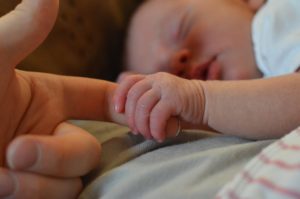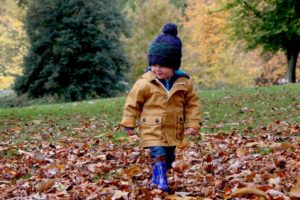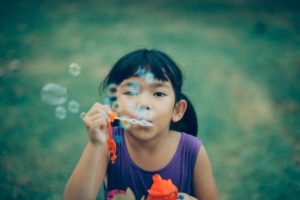Jean Piaget was a Swiss child development psychologist. His contributions to education are still studied even to this day by college students in the fields of education and psychology.
At the peak of his career, Jean Piaget became the director of the International Bureau of Education for UNESCO. He is known for his Theory of Cognitive Development.
“only education is capable of saving our societies from possible collapse, whether violent, or gradual.”
-Jean Piaget
Jean Piaget’s theory of cognitive development attempts to organize the stages of learning that a child undergoes between birth and adulthood.
Piaget suggested that the development of a child can be divided into four development stages:
Jean Piaget’s Theory of Cognitive Development
- Sensorimotor stage
- Infants are prone to simple reflexes like rooting and sucking
- Children begin to use simple habits and circular reaction
- Infants point of view is extremely egocentric
- At 8 months, the infant begins to perceive the things beyond their own body. They continue to use habits and circular reactions for satisfaction
- Beyond 8 months, the infant begins to learn about object permanence
- At the end of this stage, the child begins to become curious with new things. This allows them to explore the environment more and the capabilities of their own bodies
- Preoperational stage
- Child point of view may still be egocentric
- Symbolism begins to show in playing.
Example: A child can associate a real car to his toy car. Leaves can be used to represent money in a role playing game
- Intuitive thought also starts at the later part of this stage (4-7 years old). The child’s curiousity at this stage is already an early sign of the ability to reason.
- Centration
- Irreversibility
- Class inclusion
- Transitive inference
- Concrete operational stage
- Children may no longer be egocentric
- They begin to develop the concept of conservation
- Their classification skills significantly improve
- Formal operational stage
- Abstract thoughts begin to develop
- Skills in logic learned in the previous stages can now be applied with abstract thought for higher level of thinking
- If taught, the children can now learn the concept of metacognition

Age Group: Starts at birth and ends at around the age of two
How does the child learn?
The child learns about his or her environment through movements and the senses.
Major Characteristics:

Age Group: starts when the child learns to speak until around age seven
How does the child learn?
In this stage, the ability to walk and speak allows the child to learn more about his or her environment through playing. Games like pretending and role playing become a common theme among children at this age.
Major Characteristics:

Age Group: starts at around the age of seven and ends at around ten
How does the child learn?
Children add more schema from the learning skills learned in previous stages. Fast acquisition of logical skills allows them to learn the basic concepts of subjects like math and logic.
Major characteristics:

Age Group: From around eleven to sixteen
How does the child learn?
At this stage, the child starts to learn solely through the use of his or her mental faculties. Abstract concepts like applied mathematics, advanced physics and chemistry can now be introduced to gradualy improve abstract thinking.
Major characteristics:
Explanation:
When studying Piaget’s theory, it is important to remember that it shows the gradual acquisition of understanding, knowledge and skills from birth until the child reaches young adulthood. For example, at the sensorimotor stage, the child only learns through short movements and through his or her senses. During the preoperational stage, these learning skills are still present. They do add more skills on top of those to enhance their learning experience.
The child learns through the use of prior knowledge learned from previous stages to gain more understanding. The learning basically happens through a combination of cause and effect and trial and error methods. A child starts to learn by using his or her movements and senses to act on object around them. They learn that certain actions will have corresponding reactions. Through continuous experience and manipulations of their environment, they learn which reactions are constant and which are not. The child uses cause and effect relationship with future experiences to learn new concepts.
Example:
Anton, a 8-year old boy, saw from his mother that putting powdered juice on a glass of water will make the powder “disappear” and make the water sweet and fruity.Anton tries the same action on his own and achieved the same results. He learned that putting powdered substances on the water will make the powder disappear.
Anton tried the same action with different types of powdered substances in the kitchen. He learned that not all powdered substances will dissolve in water when he added pepper to water.
His mind can now start to classify the different types of powders that dissolve in water.
In this example the Anton’s learning is obvious. It happens sequentially and deliberately as Anton tries out different experiments. In the real world, children learn gradually by trying out ideas, through observation and sometimes, by accident.
Now you know what Piaget’s Theory of Cognitive Development is all about. Try your Professional Education Knowledge with our LET Professional Education Practice Test.


This review notes will help me a lot. I can study and refresh on notes and questions ahead
Thanks for the information, i am bookmarking it for future updates.